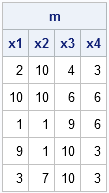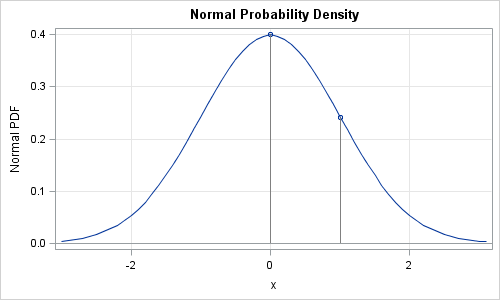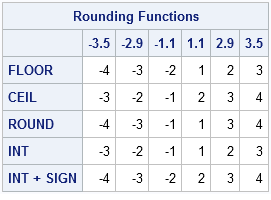
In simulation studies, the response variable is often a binary (or Bernoulli) variable. Often 1 is used to indicate "success" (or the occurrence of an event) whereas 0 indicates "failure" (or the absence of an event). For example, the following SAS/IML statements define a vector x of zeros and ones:







